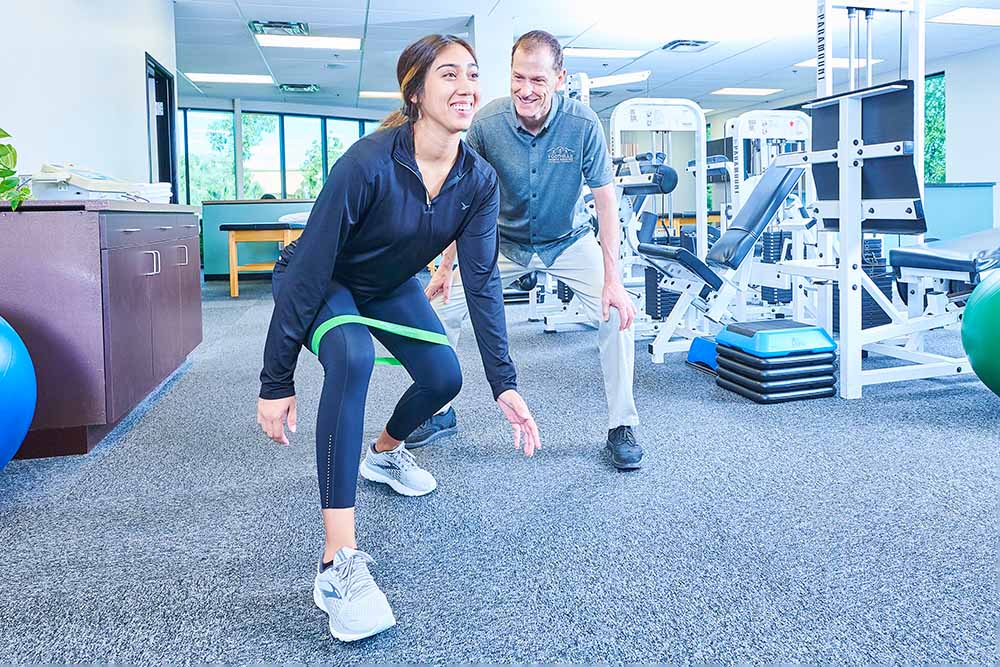Harnessing the Strength of Exercise to Reduce Chronic Discomfort and Enhance Quality of Living

Persistent discomfort affects numerous of people worldwide and can substantially diminish the standard of life. It can arise from various disorders, such as arthritis, chronic pain syndrome, or prior injuries. While drugs and therapies are frequently used to control pain, a growing body of studies shows that exercise can serve a crucial role in relieving chronic pain. Participating in regular physical activity can not only assist lower pain levels but also enhance overall health and functionality. Comprehending how exercise impacts the physical state can enable individuals to take control of their pain relief.
Physical activity has several bodily benefits that can aid alleviate chronic pain. When individuals participate in exercise activities, their systems produce endorphins, which are innate pain-killers. Additionally, exercise can boost blood flow and fortify muscles, providing superior support for articulations. For those with issues like arthritis, low-impact exercises such as swimming or biking can assist maintain joint mobility without putting excessive stress on the system. Consistent exercise also helps in maintaining a healthy weight, which can lessen the stress on weight-bearing joints and additionally ease pain.
In addition physical therapy for fibromyalgia to its physical benefits, exercise has a favorable effect on emotional health. Chronic pain can often lead to emotions of anxiety and depression, which can worsen the perception of pain. Engaging in consistent physical exercise can assist fight these feelings by boosting self-esteem and improving mood. Group exercises, such as yoga or pilates, also provide social interaction, which can enhance emotional support. This mixture of bodily and emotional health benefits makes exercise an crucial component of a holistic pain management strategy.
It is important to approach exercise with care, especially for those dealing with chronic pain. Starting slowly is crucial to prevent worsening symptoms. Patients should consider seeking advice from healthcare experts to create a tailored exercise plan that takes into consideration their specific conditions and constraints. Activities such as stretching, walking, or gentle yoga can be great initial points. Gradually increasing the effort and length of sessions can help build strength and endurance without causing undue stress on the body.
In conclusion, harnessing the power of exercise can substantially reduce chronic pain and improve quality of life. Consistent physical activity not only assists to reduce pain through the release of endorphins and enhanced muscle strength but also promotes mental well-being. By incorporating exercise into regular routines, patients can empower themselves in controlling their pain. A thoughtful and informed approach to exercise, guided by healthcare experts, can bring to lasting benefits in health and overall quality of life.